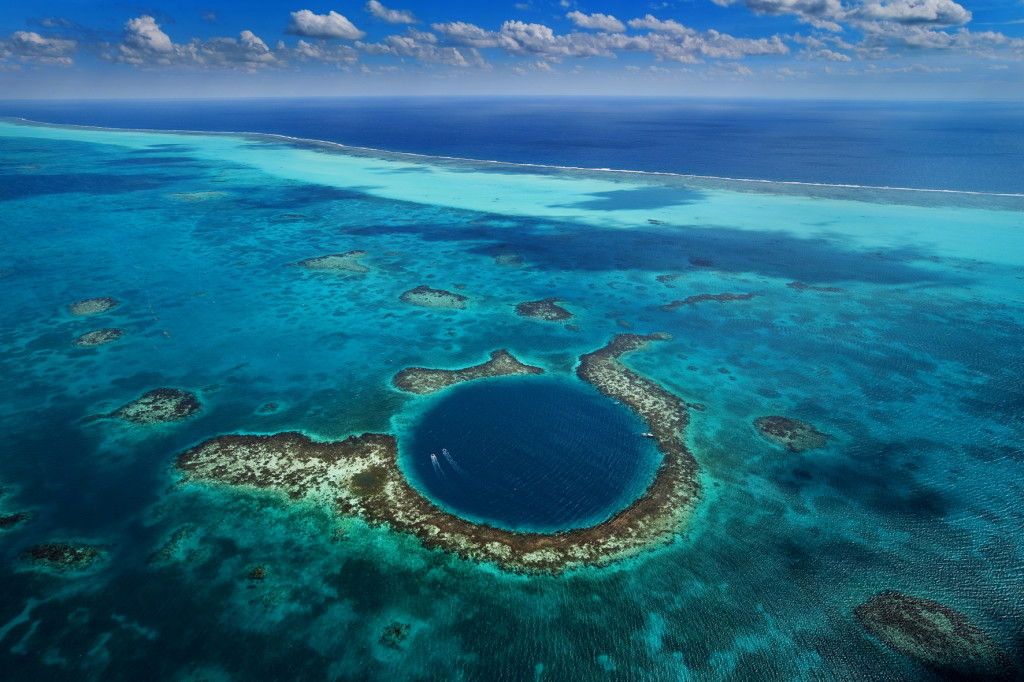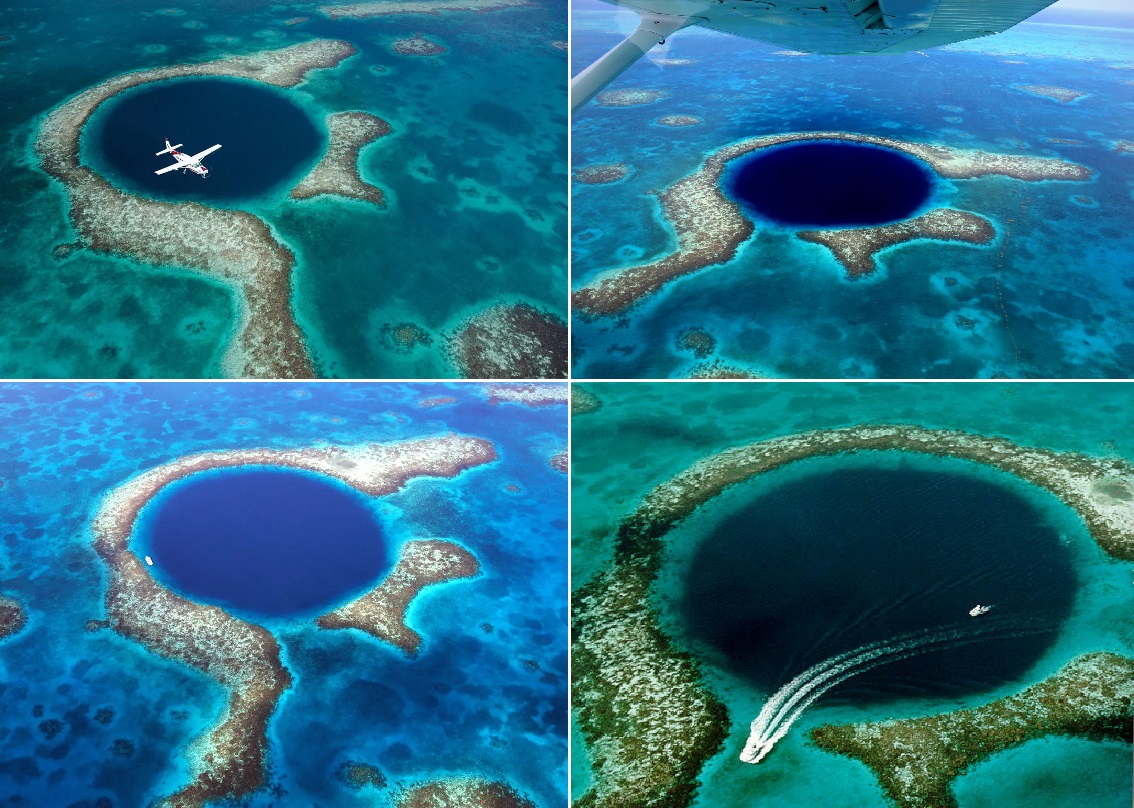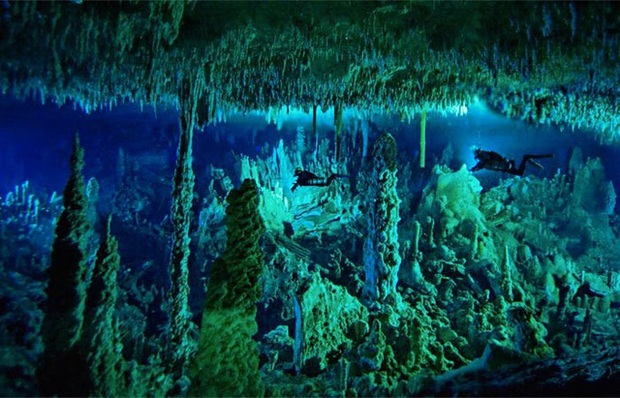I’m all for the pursuit of knowledge, but there are some things out there that seem better to leave well alone. I’m talking ancient Egyptian tombs, black holes, and huge, ominous caverns descending into the depths of the ocean.

Think about it – is whatever potentially horrific thing we find really going to be worth the lessons we learn from it?
My answer would usually be no, but an exploration of Belize’s Great Blue Hole has proved that sometimes disturbing discoveries can be worth it.

The huge hole in the ocean is located approximately 60 miles off the coast of Belize, and descends more than 400 feet into the ocean.
For a long time, divers were unable to explore too much of the hole as they didn’t have the proper equipment to tackle its depths. But that changed with the advancement of technology – and when the hole caught the interest of billionaire Richard Branson.

The Virgin founder embarked on an expedition to the hole when diver Fabien Cousteau travelled there to capture high-quality photos and videos of the mysteries hidden beneath the surface.
Unfortunately, what lay at the bottom of the beautiful, mysterious ocean formation partly just sums up humanity as we know it.

Lying at the bottom of the Great Blue Hole was, of course, some rubbish.
The team found a two-litre plastic bottle, as well as a long-lost GoPro with some photos of someone’s holiday on it.
But that wasn’t all.
The team also discovered two bodies in the hole; divers who had gone missing in the great cavern.
Though the sight definitely would have been unnerving, the team decided to leave the bodies where they were, determining the hole to be a good final resting place.

The shocking discoveries didn’t end there, as when the crew dove in a submersible vehicle into the depths of the hole, they found a large series of caves which were home to hanging stalactites – but scientists didn’t think it was possible for stalactites to form beneath the surface of the water.
The revelation indicated that the caves, located hundreds of feet beneath the surface of the ocean, were once on dry land.

Branson highlighted how disturbing this discovery is for the state of the planet in a post on Virgin.com, writing: “The Blue Hole is made of a complex system of caves that once formed on dry land. It is proof of how oceans can rise quickly and catastrophically.

“Sea levels were once hundreds of feet lower. 10,000 years ago the sea level rose by about 300 feet when a lot of ice melted around the world. At 300 feet down you could see the change in the rock where it used to be land and turned into sea.”
Branson described the scene as ‘one of the starkest reminders of the danger of climate change [he’s] ever seen’.

